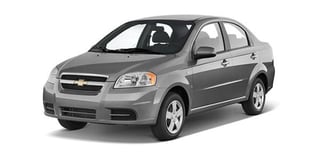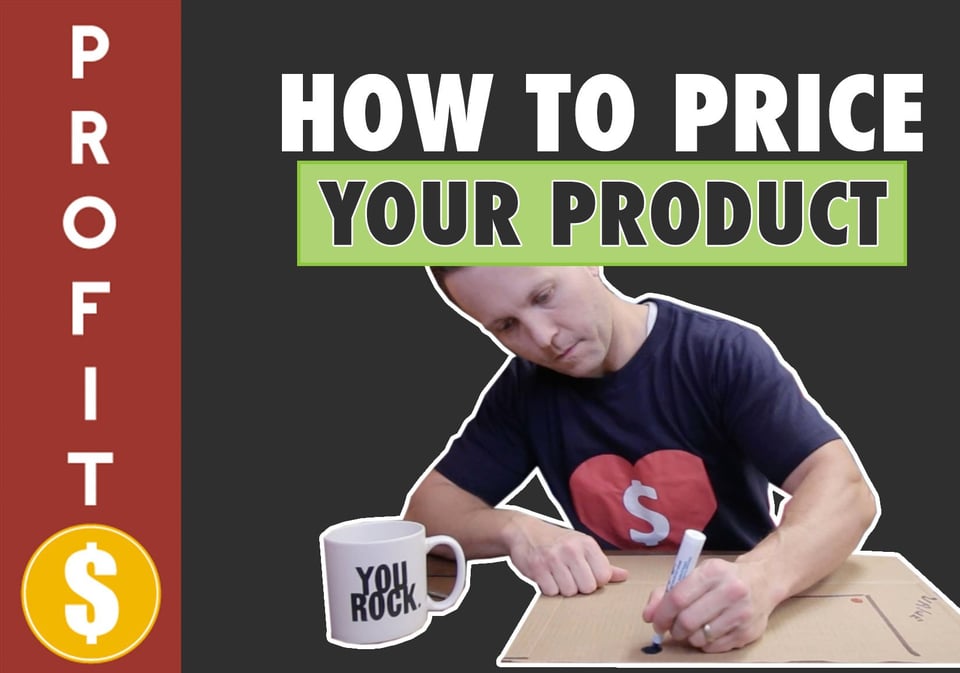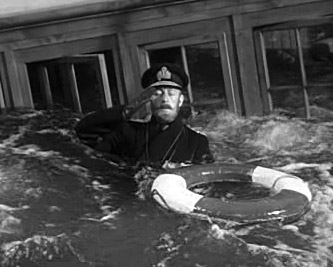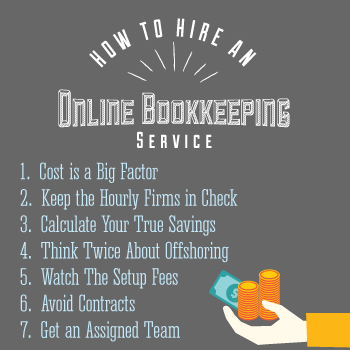One of the toughest questions an entrepreneur faces is how to price a product. Go to low, and you'll leave money on the table. Go to high and you'll scare all of your buyers away. In today's video, I talk about how to tackle this one head on.
There Are Two Pricing Strategies
Alright, that's not entirely true. There are actually tons of pricing strategies, but for all intents and purposes, there are only two that really effect how you're viewed by your market. They are:
 The Low Cost Leader
The Low Cost Leader
This is the kind of business model where you're doing everything you can to drive down material and labor costs so that you can charge as little as possible. The goal here is to push your competitors out of the market. It's a real warfare tactic, and in my opinion, not the best one. It forces you to compete on price alone, and in that world, it's really hard to grow a healthy and sustainable business.
Here's why I don't like this strategy:
- It devalues your work. By pricing it so low, it labels your product or service as "cheap".
- It's hard to increase prices down the road.
- It's hard to build a healthy business without cash.
 The High Value Differentiator
The High Value Differentiator
This business strategy seeks to add as much value as possible to a niche market, and in doing so, is able to charge a premium. This option allows a business to "wow" its customs and get paid a fair price for doing so.
I love this strategy. It's the reason I went into business. I tell people all the time that we are not the cheapest outsourced accounting service and we're not trying to be. We work really hard to add value and wow our clients. We're not the basic bookkeeping staff.
The Pricing Formula
Once you've decided which strategy you'll pursue, now you need to set a price for your products and services. One formula for doing so is:
Price = [cost / (100-markup)] x 100
For example, if you sell guitars and each once cost you $55 in labor and $120 in material, your total cost is $175. Let's assume you want to set a markup of 40%. The formula would be:
Price = [$175 / (100-40)] x 100
Price = [$175 / 60] x 100
Price = 2.91 x 100
Price = $291
In other words, you sell the guitar for $291 and you get to keep 40% of that as profit!
But How Do You Choose a Markup Percentage?
Great question. I would suggest you start by looking at how you value your time and and the value you add to your market. If both are high, you can set a higher margin than your competitors. To see what businesses in your industry are generating in gross profits, you can always visit BizStats.com or use the paid version at BizMiner.com for cleaner data. Either way, you'll be able to see gross profit detail for your industry which will help you set more strategic margins.
That being said, if you add more value than your competitors and your niche loves you, you'll be able to charge a premium. It requires some homework on your part in knowing your market, your product, and your niche.
Additional Reading
Why You're a Cash Broke Entrepreneur
Haters Gonna Hate - How Taylor Swift Makes You a Better Entrepreneur














.png)


